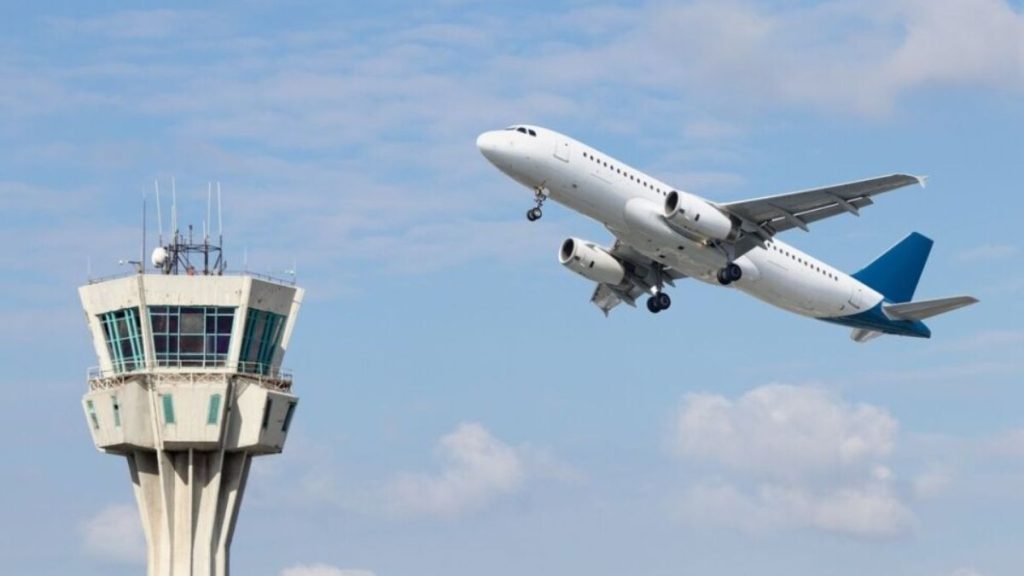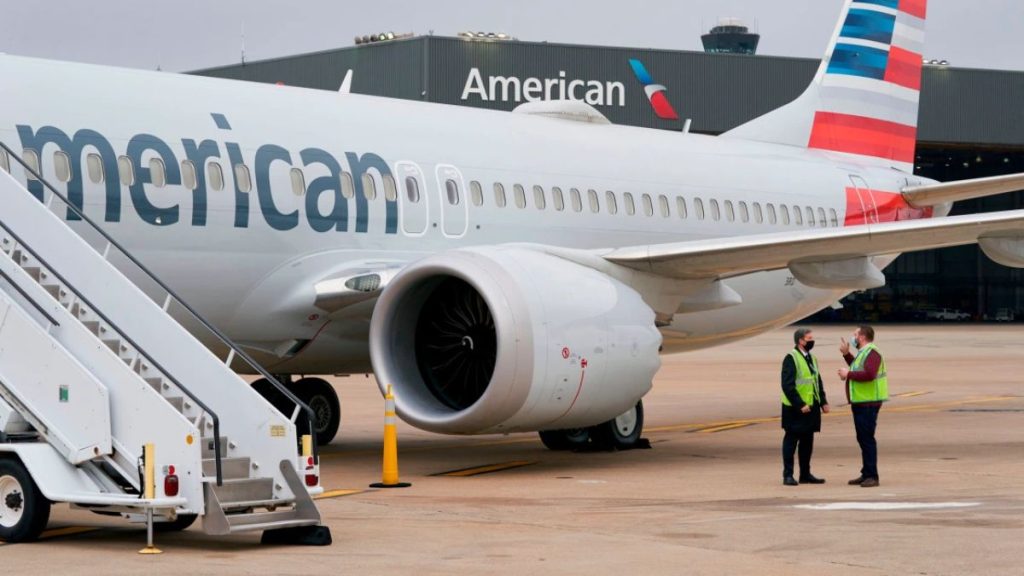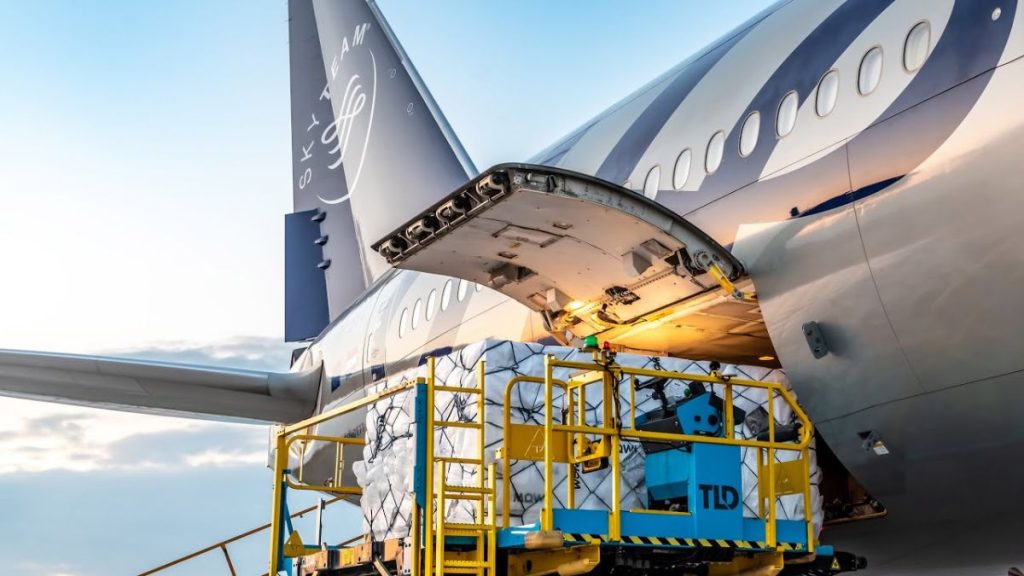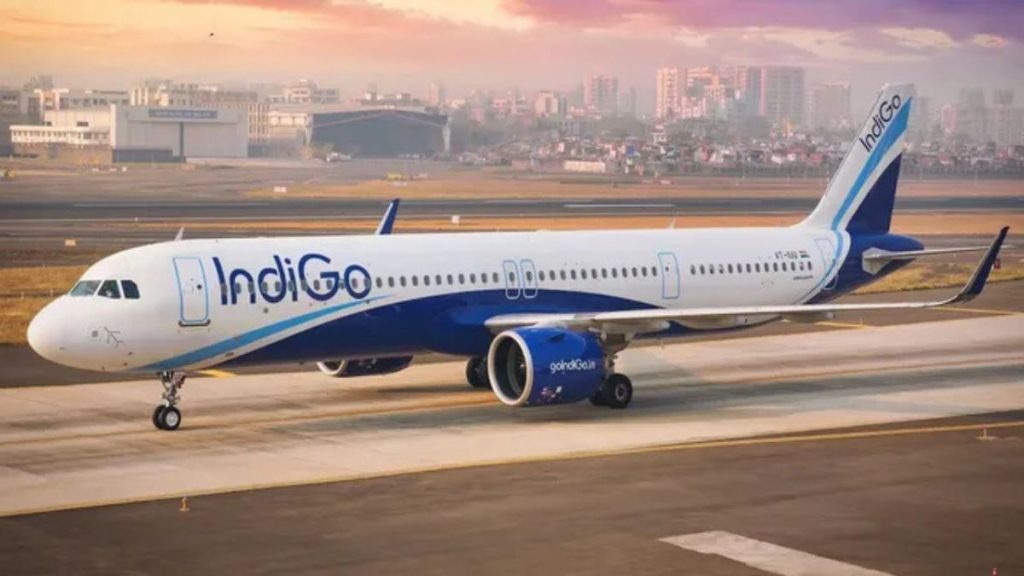A UK airport is preparing to transform its role in national and international travel. East Midlands Airport, based in Derby, already handles around 200 daily flights to 70 destinations through airlines such as Ryanair, TUI, and Jet2. But under its new commercial director, Adam Andrews, the airport has unveiled plans to expand routes, strengthen business travel, and cement its position as both a passenger hub and a leading cargo gateway.
Current Operations and Growing Importance
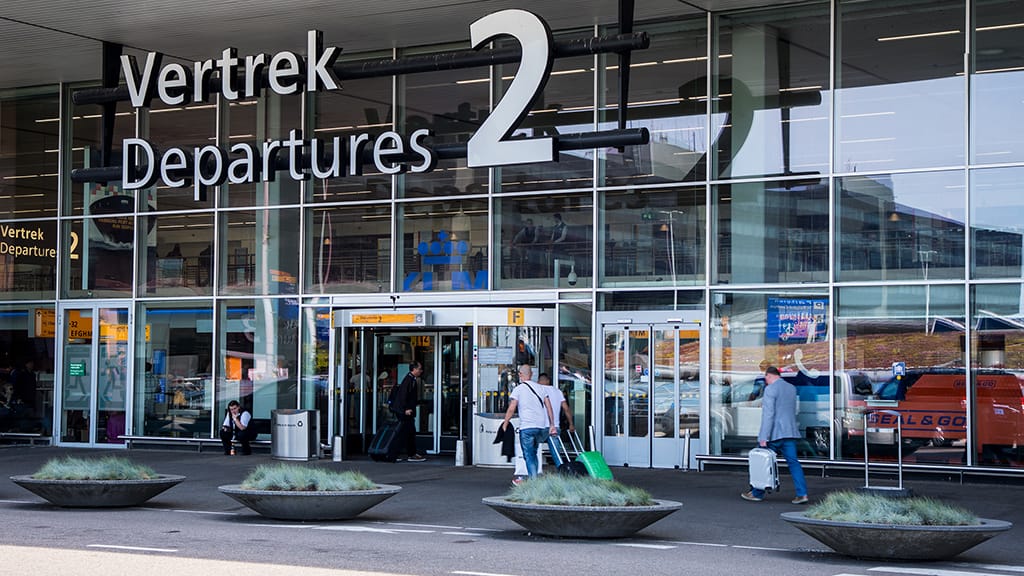
At present, East Midlands Airport is best known as the UK’s number one express air freight hub, moving vast amounts of cargo daily while offering leisure flights across Europe. With approximately 200 departures each day, it has become an important player for both regional travellers and businesses.
However, airport leaders believe its potential is far from fully realised. The latest expansion strategy is designed to position East Midlands as a central hub, reducing the reliance of nearby residents on larger airports such as Heathrow, Gatwick, or Manchester.
Ambitions to Link With a Major European Hub
A central part of the plan is to connect East Midlands Airport directly with a major European hub. This would enable passengers to fly seamlessly to destinations worldwide without having to travel to other UK airports first.
Adam Andrews explained:
“We will build relationships with key decision makers and businesses from our region and its three large cities to understand how we can work together to maximise the airport’s potential.”
This approach highlights a focus on year-round connectivity, expanding leisure destinations and introducing more business-friendly routes.
Expanding Flight Options Year-Round
Currently, many East Midlands residents turn to other airports during the winter months when local services are reduced. Andrews has confirmed that the airport will pursue off-peak season expansion, ensuring travellers can fly abroad year-round.
This means residents could enjoy more options for both holiday travel and essential business journeys, keeping the airport competitive against larger hubs across the UK.
Data-Driven Approach to Route Planning
The expansion strategy is not based on guesswork. East Midlands Airport is adopting a data-driven approach to evaluate demand and identify the most promising routes.
By analysing travel trends and passenger needs, Andrews hopes to ensure that new destinations are not just ambitious but also commercially sustainable.
Strengthening Cargo and Freight Operations
Beyond passenger services, East Midlands Airport is already widely recognised as the UK’s premier express freight hub, supporting logistics giants and e-commerce growth.
The new commercial director wants to further enhance this reputation, expanding facilities and boosting the airport’s role in national supply chains. Given its strategic location near key motorways, the airport is uniquely positioned to handle high volumes of time-sensitive cargo.
Leadership With Industry Experience
Adam Andrews brings extensive aviation expertise to his new role. Having worked with British Airways and most recently as Head of Strategic Insights at Manchester Airport Group (MAG), he is well-placed to guide East Midlands Airport through its next phase of development.
His industry knowledge, combined with a focus on customer needs, signals a shift towards making the airport both commercially stronger and more passenger-friendly.
Competition From Other Expanding Airports
East Midlands is not alone in seeking growth. Gatwick Airport has already secured approval for a £2.2 billion second runway project, expected to increase its capacity by around 100,000 flights per year.
Other airports, including Luton and Heathrow, are also pushing for expansion. For East Midlands, this means its growth strategy must stand out by offering regional convenience, year-round services, and efficient cargo handling.
Balancing Growth With Community Needs
For residents near the airport, expansion plans bring both opportunities and concerns. On the one hand, more flights could mean greater travel convenience and local economic benefits. On the other, it raises questions about noise, environmental impact, and traffic congestion.
The airport has pledged to work closely with communities and businesses to ensure that its growth supports the wider region while addressing these challenges.
A Vision for the Future
East Midlands Airport’s future ambitions centre on becoming more than a regional hub. With expanded connections, stronger cargo operations, and year-round service, it could evolve into one of the UK’s most important aviation gateways.
Andrews summarised the vision:
“This is about maximising the airport’s potential by delivering what our passengers, businesses, and communities need most—convenience, connectivity, and opportunity.”
FAQs – East Midlands Airport Expansion
1. Why is East Midlands Airport planning an expansion?
The expansion aims to position the airport as a major travel hub, offering more flight options for passengers and strengthening its role as the UK’s leading air freight centre.
2. Will there be new routes added?
Yes, the airport is in talks with airlines to add new leisure and business routes, including potential links with a major European hub for global connectivity.
3. How many flights currently operate from East Midlands Airport?
The airport handles about 200 daily flights to around 70 destinations, mainly through Ryanair, TUI, and Jet2.
4. What changes will benefit passengers most?
Passengers can expect more year-round flight options, reduced need to travel to larger airports, and potential direct links to long-haul destinations via European hubs.
5. How will cargo operations be affected?
East Midlands is already the UK’s number one express freight hub. Expansion will further enhance its role in supporting businesses, logistics, and the wider UK economy.










